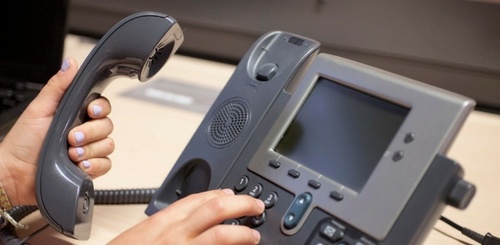By: Marlene Cosain
Customer follow-ups is a very important tool to master. Many businesses have a great system on following-up to nail a sale, but there isn’t contact after the sale is reached. The Harvard Business Review noted that the most common complaint customers have with businesses is the lack of follow-ups or the quality of the follow-ups. Over half of the consumers surveyed complained about having to re-explain their issues. Also, more than sixty percent noted the drag of repeatedly having to reach out to the company to resolve an issue. Not only does this make your company’s customer service look terrible, but it builds dissatisfaction. Making sure that your client is satisfied is your responsibility. If there is an issue or any room for improvement you should know about it. Barry Moltz reported, “65% are likely to speak poorly about the company and 48% of customers go on to tell ten or more people about their bad experience.” Avoid the poor buzz that is bound to happen with these simple tips:
Personalize
When sending follow-up emails the easiest way to make it personal is by including the customer’s name.
It is also a great idea to make your anniversaries matter. Just like you remember your wedding anniversary or special dates in your life, be proactive and send cards, coupons, or small gifts to loyal clients that have reached a milestone with your company. This is a great way to demonstrate that every client matters and you are involved in your relationship.
Call, Call, Call
Calling makes it personal. Not only do you thank a client for their loyalty and maybe offer a no strings attached coupon, but you also want to hear about concerns, improvement opportunities, and dissatisfaction. You should be aware of your clients’ experiences. You can send surveys in an email, but they will probably be redirected to the trash folder. Instead, I would suggest making it a habit to call clients every so often, but be consistent. Clients should expect to hear from you by specific periods. For example, call certain clients once every two weeks, within 30 days, 90 days or whatever your case may be. Let them know that you just want to know how they are doing and if you can help them in anyway. If they do not answer always leave a voicemail and then send in email. Email maybe more convenient for them. This will let them know that you take interest in their satisfaction.
Follow-up on Issues
You have personalized; you have called, but has an issue been addressed? If you learned about an issue that is bothering your client, make sure that it was handled and that it was handled correctly. In a timely manner, check in with your client after you resolved an issue, and ask them if everything is now smooth sailing. Be sure that your service is up to par to their standards and that your client is satisfied. After all, this is what will retain your clients for longer periods and open a window for better customer service.



